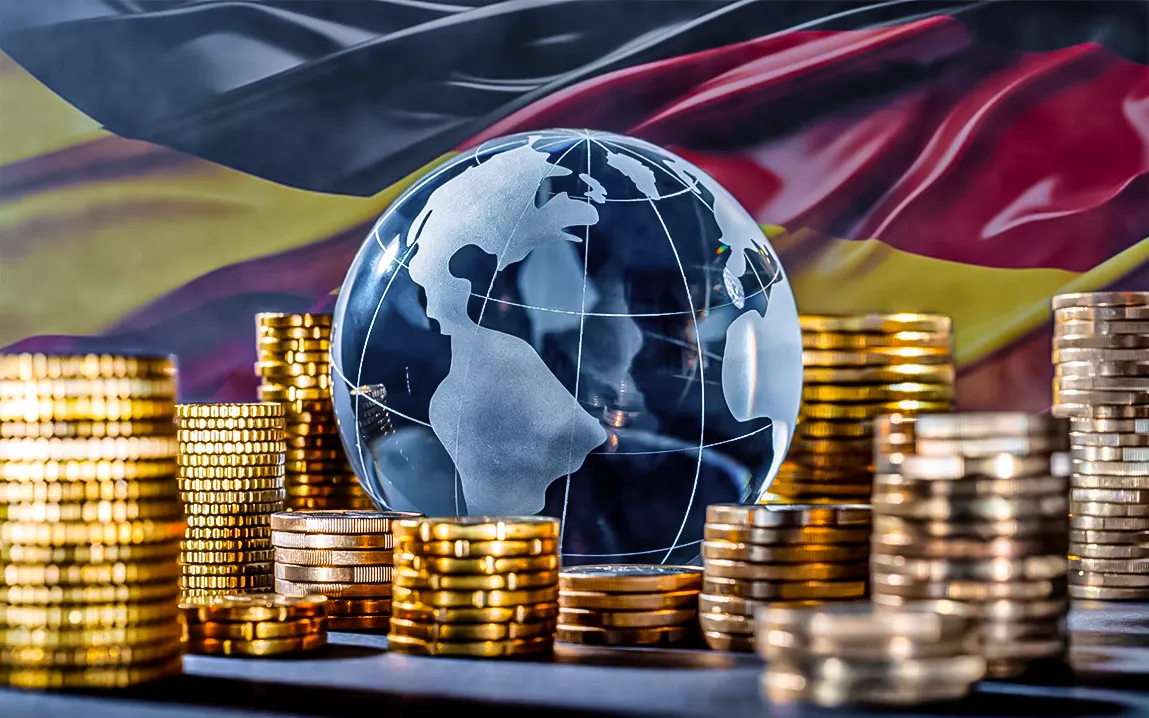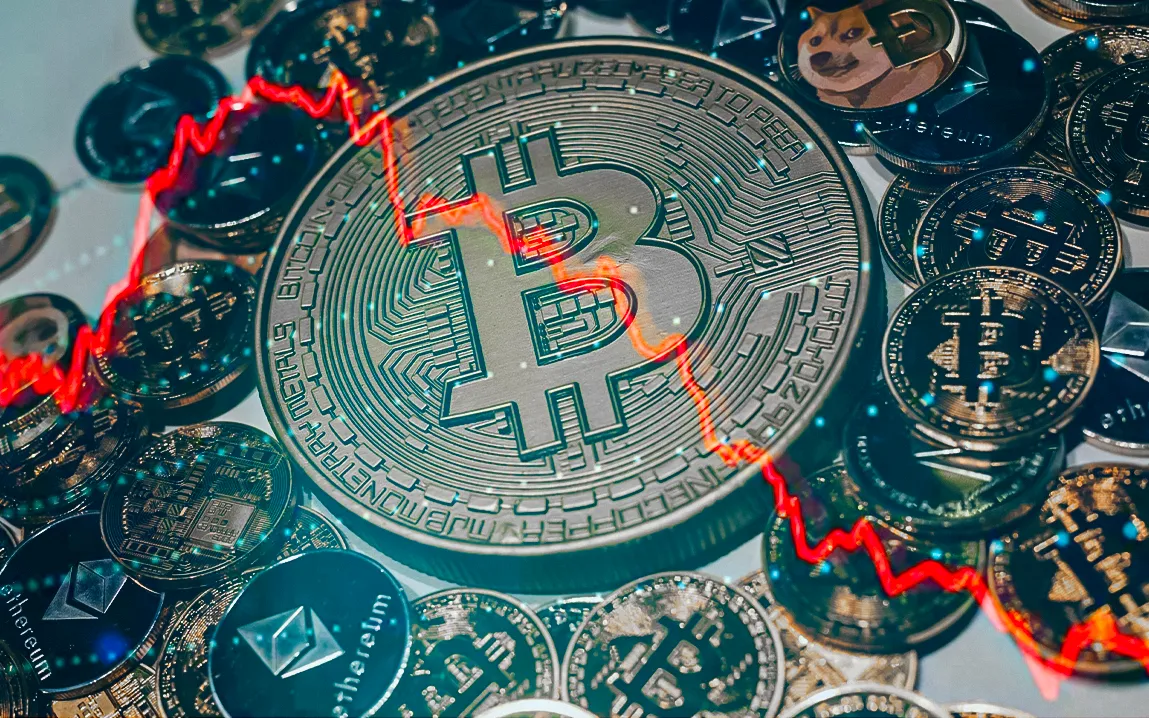Germany, the biggest economy in Europe, is showing signs of renewal that can have a positive impact on the global economic landscape. Recent events, such as policy reforms and a recovery in manufacturing, indicate a possible turnaround for the country commonly seen as Europe’s economic engine.
Manufacturing Sector Indicates Signs of Recovery
In March, Germany’s manufacturing sector saw its first increase in production in almost two years. The HCOB Germany Manufacturing Purchasing Managers’ Index (PMI) increased to 48.3 from 46.5 in February, the highest since August 2022. While the index is still below the growth level of 50, the increase suggests a slowdown in the sector’s contraction.
New orders increased, led by sales at home and restocking by customers. Special circumstances, including U.S. buyers rushing to make purchases ahead of looming tariffs, probably helped fuel this growth. Even with worries about possible U.S. tariffs on foreign cars, the outlook for future growth has brightened to its strongest in more than three years, buoyed by expectations of higher spending. Policy Reforms and Fiscal Stimulus
Incoming Chancellor Friedrich Merz said he will overhaul Germany’s constitutional debt brake, the latest bid to encourage growth by permitting more borrowing for infrastructure and defense expenditures.
This move away from tight fiscal orthodoxy should bolster domestic demand and investor confidence. The response has been positive from analysts, with some revising forecast euro-dollar exchange rates to $1.20 by the end of next year.
The euro has recorded its best week against the dollar in 16 years, which is a result of better investor sentiment following the move away from Germany’s fiscal discipline and a rise in defense expenditures. Challenges from International Trade Dynamics The economic prospects of Germany, however, are not free of challenges.
U.S. President Donald Trump’s plan to impose a tariff of 25% on imported cars has created a major threat to the German auto industry and the overall economy. The association of German banks has downgraded its 2025 growth projection to 0.2%, attributing it to the negative effect of these tariffs. A larger rebound is predicted in 2026 with 1.4% growth expected, subject to the success of fiscal stimulus programs and trade dispute resolution.
European Solidarity and Retaliatory Measures The European Union has publicly stood in solidarity with Germany, and a majority of Europeans firmly favor retaliatory tariffs against the U.S. if the planned import tariffs are enforced. There is strong support for such tariffs, as shown by YouGov opinion polls, which demonstrate popular apprehension regarding the economic consequences of U.S. trade measures on European businesses, and especially in Germany and France.
Investor Sentiment and Market Performance
In spite of these difficulties, European equities have performed better than their American counterparts, helped by political and economic developments. The STOXX Europe 600 has increased by 8%, while the S&P 500 fell 3%. This divergence is due to Europe’s higher fiscal stimulus and structural reforms, which have boosted investor sentiment. Financial, industrial, technology, and energy sectors are reporting good earnings momentum, offering hopes for investors.
Germany’s recent policy changes and reports of manufacturing bounce-back are something of a harbinger of relief for both national and international economic health. The difficulties still continue, specifically relative to global trading tensions, yet the efforts displayed by German decision-makers and the wider European community all point towards determination to overcome obstacles and develop resilient economic expansion.



